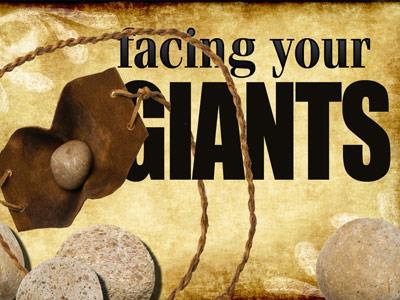-
The Resurrection
Contributed by Ajai Prakash on Apr 19, 2011 (message contributor)
Summary: Once the disciples had met the risen Christ, nothing could stop them preaching their message ... The resurrection was the fundamental premise of what they believed and preached. Such is the power of the gospel to change, challenge, and charge men and wome
Opening illustration: Joyce Hollyday tells the story of a school teacher who was assigned to visit children in a large city hospital who received a routine call requesting that she visit a particular child. The teacher took the boy’s name and room number, and was told by the teacher on the other end of the line, "We’re studying nouns and adverbs in this class now. I’d be grateful if you could help him with his homework, so he doesn’t fall behind the others."
It wasn’t until the visiting teacher got outside the boy’s room that she realized that it was located in the hospital’s burn unit. No one had prepared her to find a young boy horribly burned and in great pain.
The teacher felt that she couldn’t just turn around and walk out. And so she stammered awkwardly, "I’m the hospital teacher, and your teacher sent me to help you with nouns and adverbs." This boy was in so much in pain that he barely responded. The young teacher stumbled through his English lesson, ashamed at putting him through such a senseless exercise.
The next morning a nurse on the burn unit asked her, "What did you do to that boy?" Before the teacher could finish her outburst of apologies, the nurse interrupted her: "You don’t understand. We’ve been very worried about him. But ever since you were here yesterday, his whole attitude has changed. He’s fighting back; he’s responding to treatment. It’s as if he has decided to live."
The boy later explained that he had completely given up hope until he saw the teacher. It all changed when he came to a simple realization. With joyful tears, the boy said: "They wouldn’t send a teacher to work on nouns and adverbs with a boy, who was dying, would they?"
This wonderful story invites us to celebrate the gift of life even when all we seem to see around us is pain and disappointment and brokenness. It shows us that on the other side of pain, there is resurrection. It reminds us of what is possible whenever there is hope.
Let us turn to Matthew 28 and catch up with the documented witness to Christ’s resurrection and see beyond the pain when there is hope …
Introduction: Jesus himself clearly and repeatedly prophesied his impending death and resurrection from the dead (Matt. 12:38-40; 20:17-19; 27:63; Mk. 8:31; 9:9, 31; 10:32-34; Lk. 18:33; 24:7, 46; Jn. 2:18-22; 10:17-18). Moreover, the fact and the doctrine of the resurrection were fundamental to the accounts of the gospel writers and to the testimony of the apostles both in their sermons in Acts and the epistles. Their gospel stood or fell on the truth of the resurrection. In fact, it was the truth of the resurrection that motivated the disciples to subsequently give their lives for Christ and the gospel. Once they had met the risen Christ, nothing could stop them preaching their message – not ridicule, torture, imprisonment, or martyrdom. The resurrection was the fundamental premise of what they believed and preached.
Such is the power of the gospel to change, challenge, and charge men and women who otherwise would have given up. And so it is still today. We do not follow, worship, and preach about a dead Christ, but the Christ who died and rose again.
Nonetheless, despite the commonly held belief in the one true gospel and its essential premise of the resurrection, there were still skeptics in the early church who questioned its veracity. So it was in the early church and is today, where some were challenging the whole concept of the resurrection of the dead.
This morning we will be looking deeper into the elements and emotions being manifested during the time of Christ’s resurrection.
What was the significance of the ‘Elements & Emotions @ Christ’s Resurrection?’
1. Earthquake (v. 2)
• It is far more important is to understand the prophetic implications of earthquakes and act accordingly. The exact moment Jesus yielded up his earthly spirit on the cross (Matt. 27:51) “. . . the veil of the temple was torn in two from top to bottom, and the earth quaked, and the rocks were split.” The very instant God gave man access to the Holy of Holies of God’s presence through Christ’s sacrifice; the fallen earth reacted with an earthquake and a force that split rocks. And when the pagan Roman Soldiers witnessed the earth’s reaction “They feared, greatly, saying ‘Truly, this was the Son of God.’”
• Mary Magdalene and the other Mary came to see Christ’s tomb. . . “And behold, there was a great earthquake; for an angel of the Lord descended from heaven, and came and rolled back the stone from the door and sat on it.” The earthquake was earth’s reaction to heaven’s announcement that Christ had escaped the tomb and overcome death. And after the angel’s announced that Christ had risen, the women “. . . went out quickly from the tomb with fear and great joy, and ran to bring His disciples word (v. 8). Christ rose, the angel caused a “great earthquake,” on earth and when he announced the victory, the women literally ran to spread the good news.

 Sermon Central
Sermon Central



